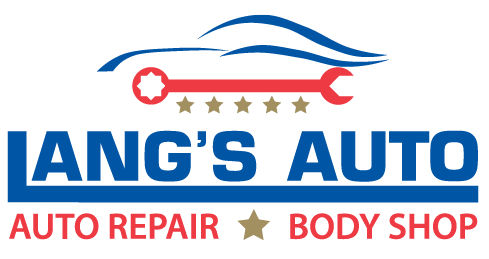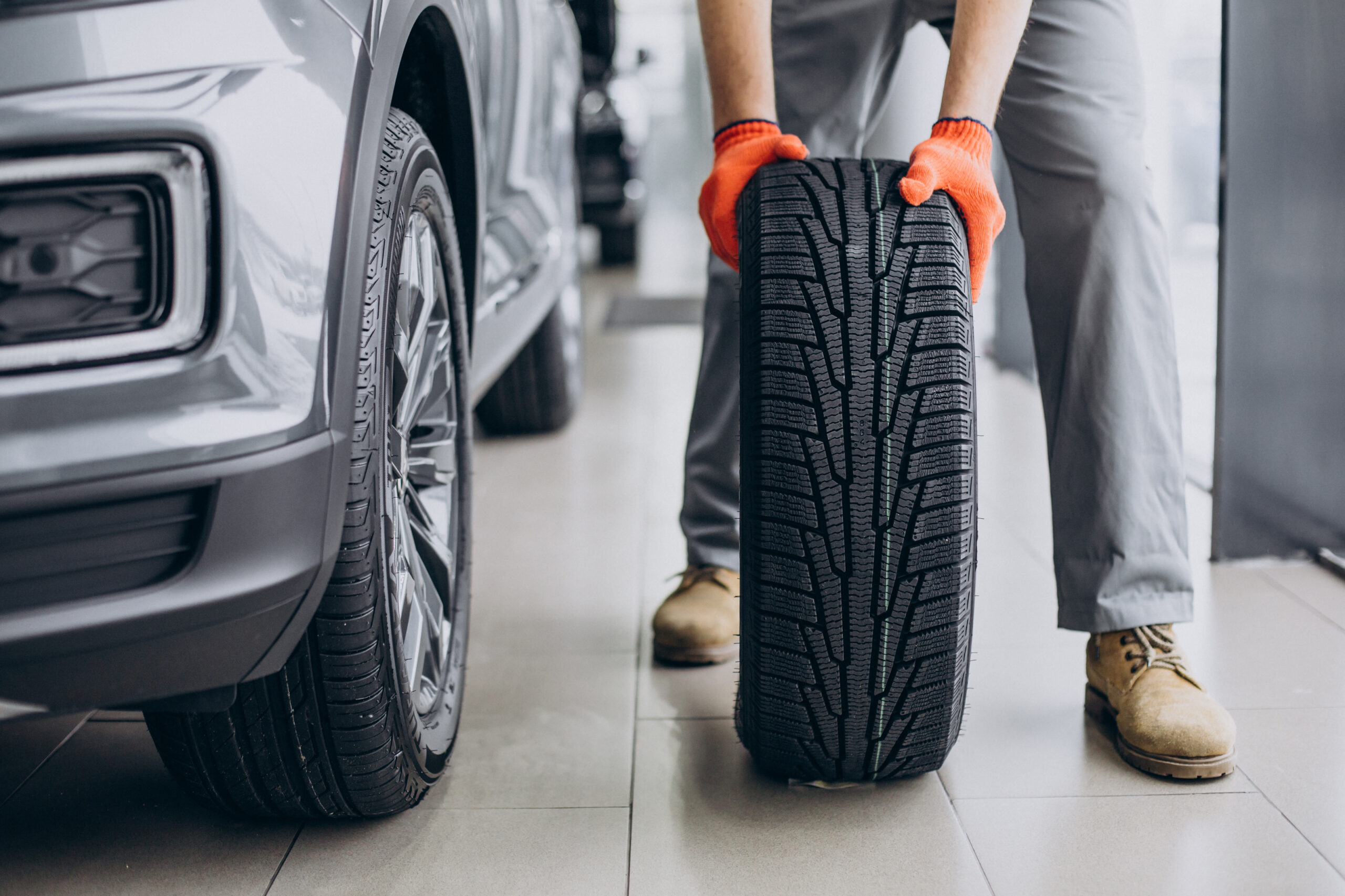At Lang’s Auto LLC, we understand the importance of high-quality tires for your vehicle’s safety, performance, and fuel efficiency. Whether you need new tires, regular maintenance, or emergency repairs, our expert team is here to provide reliable, comprehensive tire services to keep you on the road with confidence.
Why Are Quality Tires Important?
Your tires are the only point of contact between your car and the road, making them critical for your safety. Worn or damaged tires can lead to reduced handling, longer stopping distances, and an increased risk of accidents. At Lang’s Auto, we ensure your tires are in excellent condition, giving you peace of mind every time you drive.
Signs You May Need New Tires
- Low Tread Depth:
Tires with insufficient tread depth can’t provide adequate grip, especially in wet or icy conditions. If the tread is less than 2/32 of an inch, it’s time to replace your tires. - Uneven Wear:
Uneven wear can indicate alignment or suspension issues. Our team will inspect and address the root cause to prevent premature tire wear. - Cracks, Bulges, or Punctures:
Visible damage like cracks or bulges is a safety hazard. Small punctures can sometimes be repaired, but larger or sidewall damage may require a replacement. - Vibration or Pulling:
Excessive vibration or the car pulling to one side could indicate tire issues, such as uneven wear, misalignment, or imbalanced tires.
Our Tire Services
- Tire Rotation
Regular tire rotation ensures even wear across all tires, extending their lifespan and maintaining optimal performance. Our experts will follow the manufacturer’s recommended rotation pattern to keep your tires in top shape. - Wheel Alignment
Proper alignment ensures your tires wear evenly and your vehicle handles smoothly. Misalignment can lead to uneven wear, reduced fuel efficiency, and compromised safety. - Balancing
Unbalanced tires can cause vibration and uneven wear. Using state-of-the-art equipment, we balance your tires to enhance ride comfort and prevent premature wear. - Repairs
Minor punctures or damage can often be repaired. Our technicians follow industry standards to ensure repairs are safe and effective. - Tire Inspections
Not sure about the condition of your tires? Bring your car for a comprehensive inspection. We’ll assess the tread depth, pressure, and overall condition to ensure your safety.
We Carry All Major Tire Brands
Lang’s Auto LLC offers a wide selection of tires from trusted brands to suit your vehicle’s needs and your budget. Whether you drive a sedan, SUV, or truck, we have the perfect tires for you. Our team will help you choose the best options based on your driving habits, road conditions, and manufacturer recommendations.
Tire FAQs
Tires should be rotated every 5,000 to 7,500 miles. However, your driving habits and vehicle type may require adjustments. Our experts at Lang’s Auto LLC can create a rotation schedule tailored to your needs.
Rotating tires evenly distributes tread wear, extends tire life, and improves ride comfort and safety by ensuring proper grip and balance.
Remove the valve cap, press a tire gauge against the valve stem, and read the gauge. Compare this to the recommended pressure listed in your owner’s manual or on the sticker inside the driver’s door. Need help? Visit Lang’s Auto LLC for assistance.
Yes, many warranties require regular tire rotations to remain valid. Failing to rotate tires could void the warranty.
Hitting curbs, potholes, or normal wear can throw tires out of balance. Experts recommend balancing tires every 5,000 to 7,500 miles.
Insert a penny into the tread groove with Lincoln’s head facing down. If you see all of his head, the tread is too low, and the tires need replacement. Our team can check this for you.
Yes, snow tires should be rotated regularly to ensure even wear and maintain traction in icy conditions.
While not ideal, mixing tire brands is sometimes unavoidable. Avoid mixing winter tires with all-season or summer tires, and never combine run-flat with non-run-flat tires.
Battery FAQs
Use a car memory saver or secondary power source. If you’re unsure, visit Lang’s Auto LLC for assistance.
Avoid dropping the battery or shorting terminals with tools. Attach cables carefully, starting with the negative terminal.
The biggest mistake is reversing positive and negative cables, which can damage the alternator. Use quality cables and avoid letting them touch or swing loose.
Your car’s computer may need to recalibrate after losing power. If stalling persists, cleaning the throttle body or idle air control valve might help.
Headlight FAQs
Yes, front turn signals and parking lights often share the same bulb.
Headlights should be used from sunset to sunrise, in conditions with visibility under 400 feet, and whenever windshield wipers are in use. Some drivers always keep headlights on to reduce accident risks.

